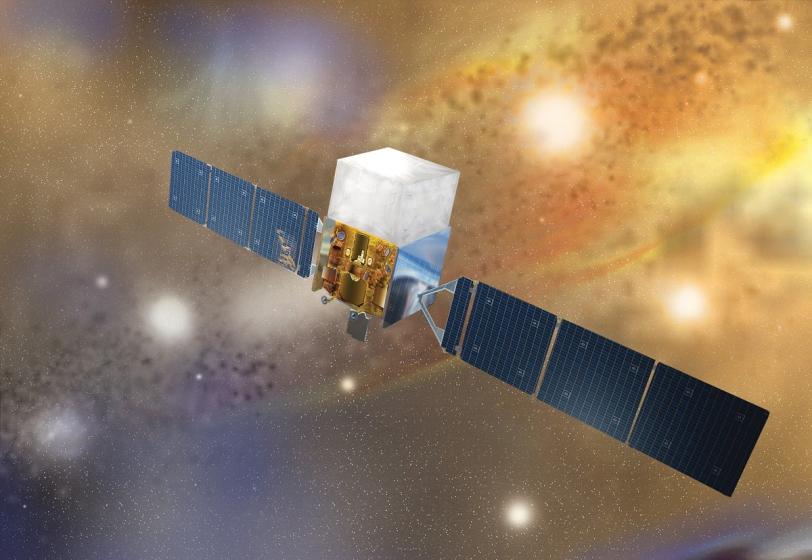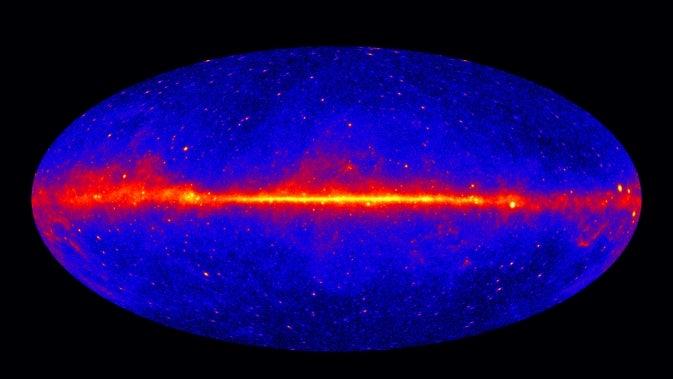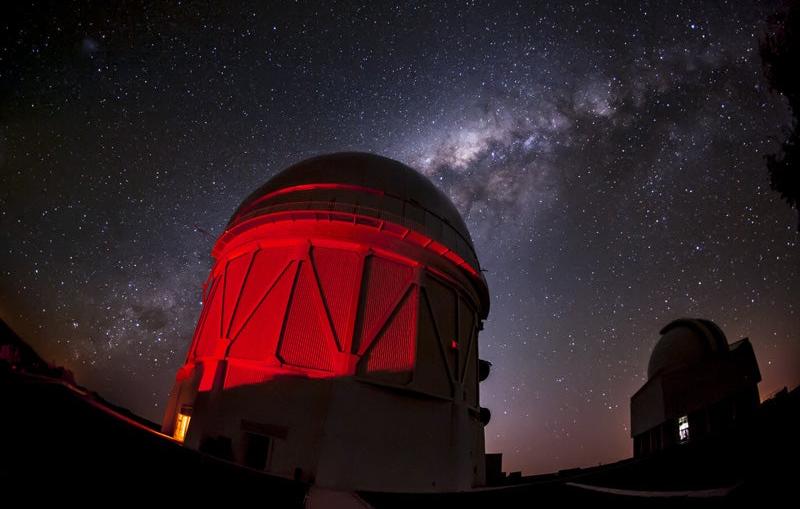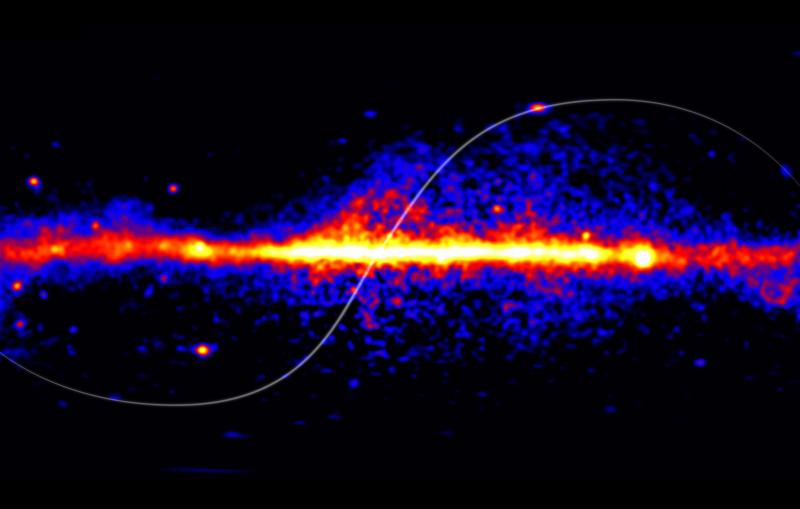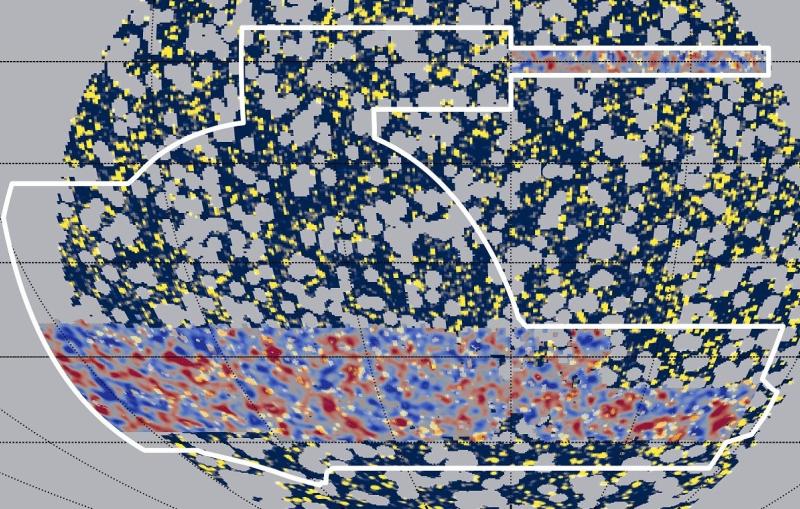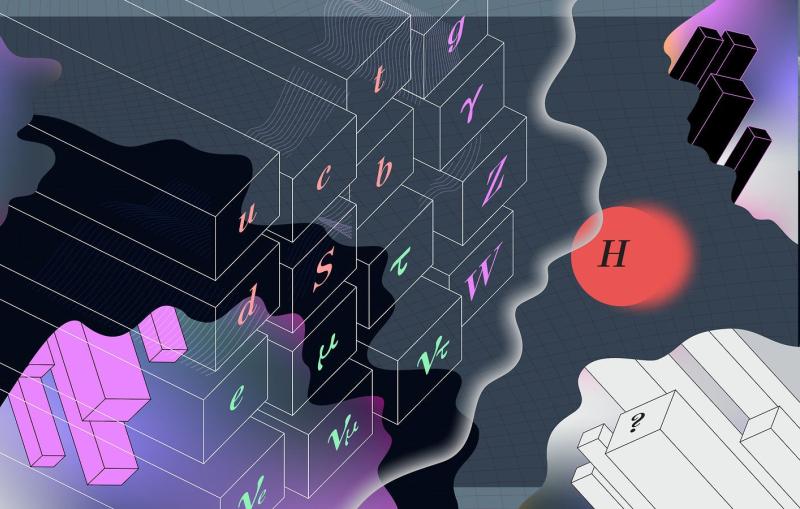The Universe Through Fermi's Eyes
On June 11, 2008, what was then the Gamma-ray Large Area Space Telescope rode a Delta II rocket into low-Earth orbit. After two months of tests and checks and calibrations, on August 11, 2008, NASA declared GLAST open for business as astrophysics' premier eye on the gamma-ray sky. Five years, a name change, a near miss with a defunct Soviet spy satellite, and countless surprises later, the spacecraft now known as the Fermi Gamma-ray Space Telescope is still going strong, with another five-year mission stretching ahead of it.
By Lori Ann White
On June 11, 2008, what was then the Gamma-ray Large Area Space Telescope rode a Delta II rocket into low-Earth orbit. After two months of tests and checks and calibrations, on August 11, 2008, NASA declared GLAST open for business as astrophysics' premier eye on the gamma-ray sky. Five years, a name change, a near miss with a defunct Soviet spy satellite, and countless surprises later, the spacecraft now known as the Fermi Gamma-ray Space Telescope is still going strong, with another five-year mission stretching ahead of it.
Peter Michelson, primary investigator for the Large Area Telescope, Fermi's main instrument, says he's even more excited about the next five years than about the last: "When we started to develop the LAT more than 15 years ago, I never dreamed it would make so many discoveries."
Michelson is a member of the Kavli Institute for Particle Astrophysics and Cosmology; the LAT was designed and built by an international collaboration, with SLAC managing the construction and integration of the instrument and KIPAC leading its ongoing operation. KIPAC scientists have taken the lead in several discoveries, some of which are highlighted below.
Fermi made its discoveries by searching the sky for gamma rays, the most energetic form of light. Gamma rays are hard to study: They can pass right through the lenses of conventional telescopes, while most of the gamma rays coming from beyond the Earth are screened out by the atmosphere. When Fermi launched, very little was known about the high-energy properties of many astrophysical phenomena, including blazars – galaxies with central supermassive black holes that power high-energy jets; pulsars – neutron stars whose rapid spins and tangled magnetic fields generate powerful beams of gamma rays; and gamma ray bursts – final messages sent during the catastrophic collapse of dying stars. All of these phenomena had secrets yet to divulge. Even more exciting were the objects that, thanks to Fermi, revealed their gamma-ray lives for the first time.
As Michelson puts it, "It's been a real privilege to work on the Fermi Large Area Telescope—and a very exciting five years. I'm looking forward in the years ahead to learning more about our universe through the eyes of Fermi."
For more amazing Fermi discoveries, from the telescope's grandest, most cosmic adventures all the way to some pretty mind-blowing finds right here at home, see the NASA release and check out a full slideshow of images at symmetry magazine.
Far-out Fermi Telescope Keeps Local Astrophysicists Busy
SLAC astrophysicist Stefan Funk is head of Fermi Physics at KIPAC, a position that keeps him happily busy. "Fermi-LAT has performed beyond our wildest expectations during those first five years," he said. "It has been an amazing collaboration of scientists worldwide, both within the LAT team and outside of it. I am particularly proud of the cadre of young physicists who helped make many of the exciting discoveries featured below."
The following discoveries are just the tip of the Fermi iceberg, but Funk said not to worry – Fermi still offers plenty of opportunities for interested graduate students and postdocs. "During these next five years Fermi will probe even deeper into the gamma-ray sky. Meanwhile, we're developing an enhanced understanding of the LAT and of the properties of the high-energy universe. There's still a lot to learn."
Finding Proof of the Origin of Cosmic Rays
Early this year scientists, led by Funk himself, announced that they had found the characteristic signature of a cosmic-ray proton interacting with a much slower-moving proton in the cloud of dust and gas near two supernova remnants, including the Cassiopeia A supernova remnant, below. This provided undeniable proof, 100 years after cosmic rays were first discovered, that at least some of the cosmic rays originating within our galaxy are made up of particles boosted to high energies in the natural particle accelerator that is the chaotic environment of a supernova remnant.
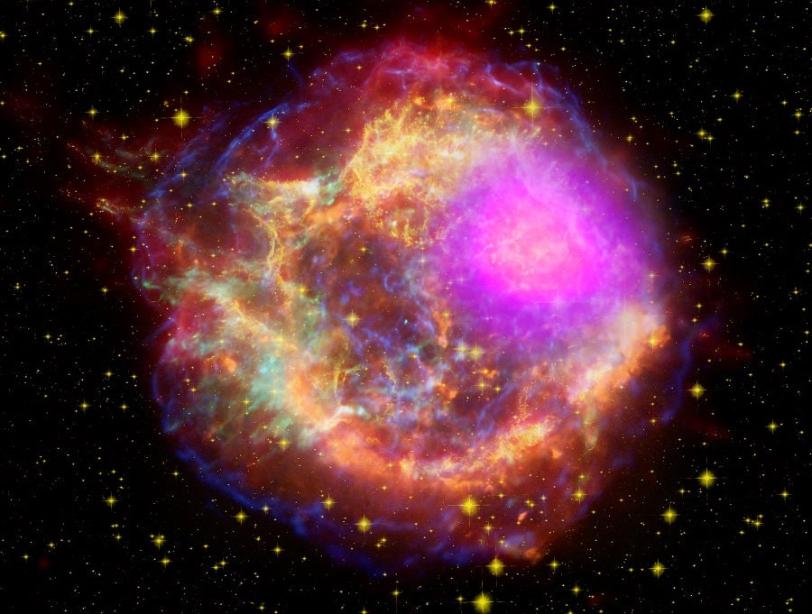
'The Radiance of a Thousand Suns...'
Measuring all the light from all the stars that have ever shone seems an impossible task, like counting all the grains of sand in all the deserts or emptying the world's oceans, one drop at a time. Yet data from Fermi has enabled astrophysicists, led by then-KIPAC postdoctoral researcher Marco Ajello, to do just that. This starlight, called extragalactic background light, or EBL, is like a vast fog filling the entire universe, but it can still affect high-energy gamma rays. Occasionally a gamma ray will interact with an EBL photon (the brilliant magenta spot), creating an electron–positron pair and taking that gamma ray out of commission. Astrophysicists compared gamma rays from blazars at several different distances, and from the way the rays from more distant blazars were dimmed, the scientists were able to estimate how much intervening EBL fog they had crossed.
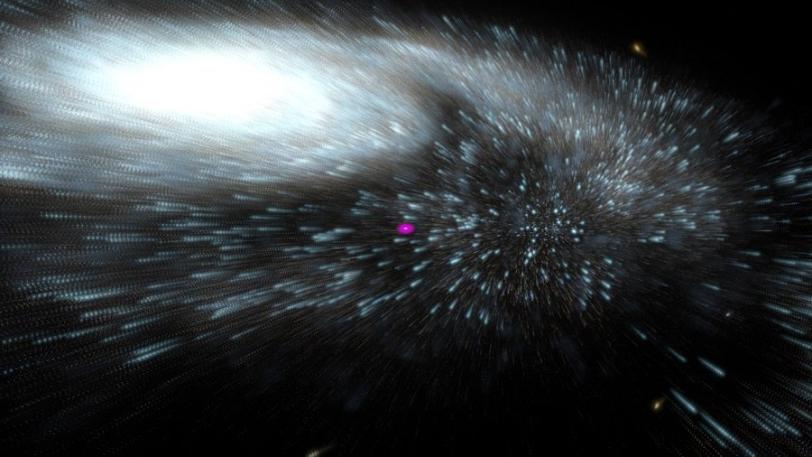
The Crab Nebula Shows Its Temper
The Crab Nebula, shown below, is a supernova remnant long considered a steady, sedate member of the Milky Way neighborhood, but it shocked scientists when Fermi detected a gamma-ray flare five times stronger than any previously seen originating from the neutron star at the heart of the nebula. The Crab is one of the most studied objects in the night sky; Chinese astronomers first noted it in 1054, and it's also known as M1, the first object the comet-hunter Charles Messier listed in his catalogue of "what not to mistake for comets" in the late 1700s. The Fermi data caused scientists the world over to rethink the evolutionary path of the star at the heart of the Crab and other pulsars like it.
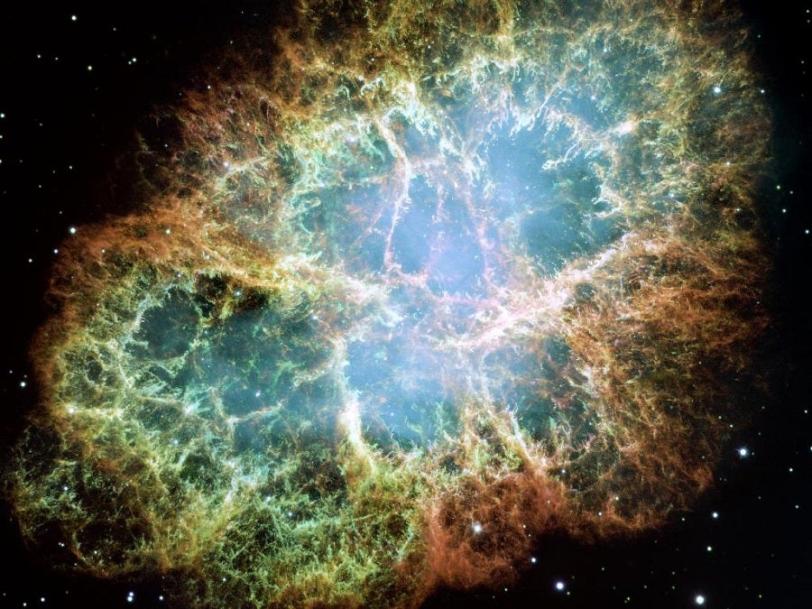
Studying Dwarfs to Look for WIMPs
Wimpy-sized galaxies helped Fermi place more precise limits on WIMPy-type matter. By looking at 10 dwarf galaxies that orbit the Milky Way, including the one shown below, found in the constellation Fornax, Fermi was able to offer insight into Weakly Interacting Massive Particles, or WIMPs, one of the prime suspects in the hunt for dark matter. Researchers, including KIPAC graduate student Alex Drlica-Wagner, used Fermi data to look for certain theorized types of WIMPs: ones that can't interact with the type of matter we're made of but can interact with themselves to produce gamma rays. Studying the tiny, quiet dwarf galaxies – which don’t emit any other bright sources of gamma rays that could drown out a dark-matter signal – the researchers were able to place constraints on four different ways that WIMPs could produce gamma-rays. This can be used to limit the minimum mass of the dark matter particle.

For questions or comments, contact the SLAC Office of Communications at communications@slac.stanford.edu.

